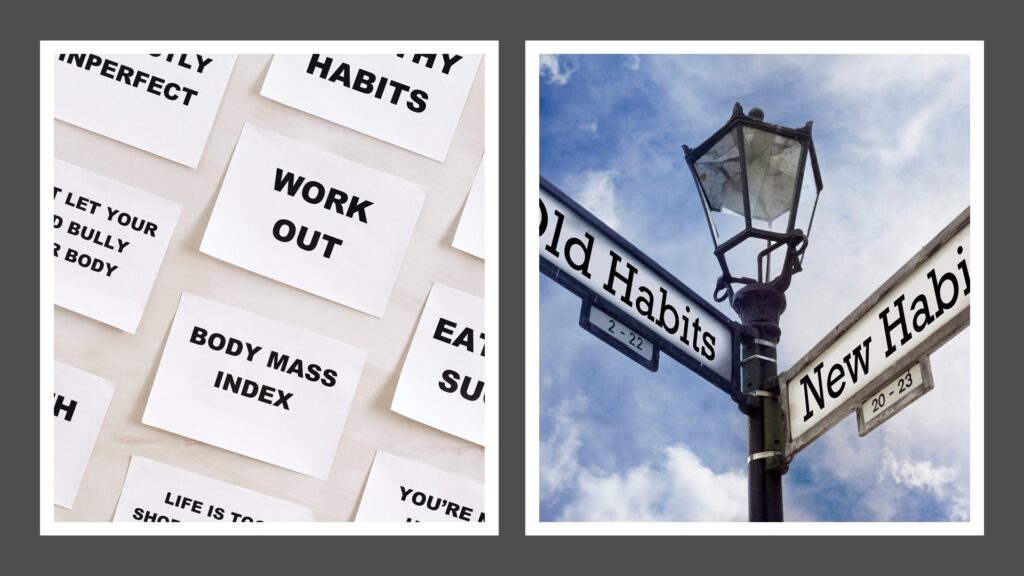The Executive Function Energy Drain
Living with ADHD, or any executive function disorder, can consume a lot of mental energy each day. Planning and organizing your day can be exhausting. The struggle to remember and prioritize things can hurt your productivity.
Habits – good habits – are one of the best ways to relieve some of that mental fatigue and improve productivity.
Habits to the Rescue
A habit is an acquired behavior pattern that is regularly followed and repeated until it can occur almost without thinking. Habits help conserve your mental energy budget because you don’t have to consciously think about doing them. That leaves more energy to focus on other things.
The difficult part about a habit is establishing it in the first place. Michele Novotni, PhD has some good ideas about how to do that effectively. They include:
- Assess your habits – Determine whether a habit is really working for you.Is the energy you’re investing worth it? If not, how can you change it to make it easier, smoother and less energy-consuming.
- Start small – When beginning a new habit, keep it simple and easy to fit in your existing routine.
- Track and reward your progress – Seeing progress helps motivate you to continue the habit. Use whatever tracking system is easiest for you – whether it’s simply noting each time you complete a routine or using a tracking app. And don’t forget to reward yourself for your progress.
- Reminders – Add physical reminders to your environment to help you to remember to follow your new routine. This can be any physical item that cues you to perform the routine. This will help “wire in” your new habit.
Habit Stacking Makes It Easier to Build Habits
One of the best tools for creating new habits is to “stack” them on to existing, well-established habits. Habit stacking relies on the fact that it is easy to link anew behavior to an existing one that you already do automatically. It is effective because rather than pairing your new habit with a particular time and location, you pair it with a current habit. You can use habit stacking to chain together multiple behaviors.
For example:
- After you pour your morning cup of coffee each morning, you meditate for one minute.
- After you take off your work shoes, you immediately change into my workout clothes.
The “after” habit is easier to start and maintain because it is cued by the “before” habit.
James Clear, author of Atomic Habits, recommends getting started by making a list of behaviors you already do more or less automatically each day. Select one of these to pair with a new habit you would like to create. Select a high specific cue to trigger your new behavior. Leave out any ambiguity. He uses the following example to illustrate his point.
“When I take a break for lunch, I will do ten push-ups.”vs. “When I close my laptop for lunch, I will do ten push-ups next to my desk.”
Habit stacking provides the motivation to create new habits because it lessens the barriers and mental energy required to getting started in the first place.
References
https://www.additudemag.com/fatigue-adhd-spoon-theory-habit-stacking/—
https://jamesclear.com/habit-stacking—
https://healthyadhd.com/master-your-habits-even-with-adhd/—
https://edgefoundation.org/the-power-of-habits-to-improve-executive-function/—



